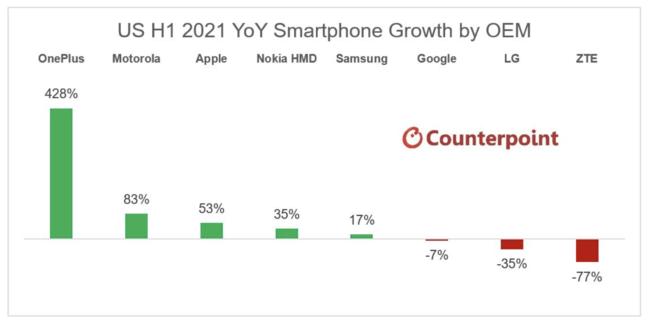"GIGAMO 2.3GB" which became the last standard of 3.5 inch MO: Sweet Memories File070
[Name] Magneto-Optical Disk (MO Disk), GIGAMO [Type] Magneto-optical disk [Recording method] Optical intensity modulation method, MSR (Magnetically induced Super Resolution) method, Land & groove recording [Size] Approx. 86mm [Capacity] 2.3GB [Year of appearance] Around 2001-
Series: Sweet Memories
"GIGAMO 2.3GB" is an extended standard of GIGAMO developed by Sony and Fujitsu. The biggest feature is that the capacity has increased significantly from the conventional 1.3GB.
The 3.5-inch MO has continued to evolve using the technology of the 5.25-inch MO for enterprises. Focusing on the capacity and following the order, 128MB that first appeared, 230MB that adopted ZCAV, 640MB that was changed to mark edge recording, and magnetic super-resolution (MSR) enabled high density 1.3. The capacity has been increased to GB (GIGAMO), and the last one to appear is this 2.3GB GIGAMO.
The point of increasing the capacity was to adopt land & groove recording in addition to MSR which was also used in 1.3GB.
In the conventional MO, a groove that serves as a guide groove for guiding the laser is created, and data is recorded in the land part sandwiched between these grooves (land recording). On the other hand, land & groove recording is a method of recording data not only in the land but also in the groove.
Roughly speaking, the idea is that if data can be recorded in a ditch that was only used for directions, the data density can be increased even in the same area.
It couldn't be expanded simply .... The shape of the groove was changed from V-shaped to U-shaped, the optimum track pitch was selected to reduce the influence of cross light and cross talk, and the ID part where MSR could not be used was special. It is realized by devising various ideas such as making it a unique structure.

If you like this story, please read this document. It explains in detail how the capacity was increased.
So let's take a look at the cartridge.
The shape is exactly the same as before. That should be it, 3.5 inch MO has high compatibility, and it was touted that even with this 2.3 GB GIGAMO compatible drive, the original 128 MB can read and write.
It's not surprising that it doesn't support the standards of 10 years ago, but it's user-friendly compared to a certain removable HDD that has an incompatible and slick successor model in less than a year. I'm sure.
When I opened the shutter of the cartridge and observed the surface of the disc, it turned out to be a little interesting.
In 2.3GB GIGAMO, IDs are written alternately to the land and glove to avoid crosstalk in the ID part. Perhaps the direction of reflection changes due to this difference in arrangement, I could see the strips of Shimashima at the division of the zones. It just happens to look like that and may not have anything to do with the ID, but it's something you can't see in MOs up to 1.3GB, so at least it seems to have something to do with Land & Globe recording.
Around November 2001, when the 2.3GB MO appeared, DVD-R / RW, DVD-RAM / R, DVD + RW drives, etc. had already appeared, and competition began. The drive price of around 60,000 yen was reasonably competitive, but the high price of a cartridge of around 2000 yen is a pain.
After that, the prices of drives and media for rewritable DVDs went down steadily, while the prices for 2.3GB MOs did not go down easily, and we had a hard time.
By the way, MO is still one of the media that is easily available at thrift shops and individual sales, partly because it was widely used for a while. However, only 2.3GB is quite rare. Considering that even 1.3GB can be obtained as it is, I realize that 2.3GB did not really spread.
Series: Sweet Memories
reference:
3.5 inch MO disk: GIGAMO 2.3GB, extended Fujitsu GIGAMO standard, compatible with 2.3GB, Fujitsu world's first !! New release of 3.5-inch magneto-optical (MO) disk device for storing 20,000 digital camera images, Fujitsu large capacity Released 3.5-inch MO disk that achieved 2.3GB, Sony

![10th generation Core i5 equipped 9.5h drive mobile notebook is on sale at 50,000 yen level [Cool by Evo Book] 10th generation Core i5 equipped 9.5h drive mobile notebook is on sale at 50,000 yen level [Cool by Evo Book]](https://website-google-hk.oss-cn-hongkong.aliyuncs.com/drawing/article_results_9/2022/3/9/4a18d0792cae58836b71b9f591325261_0.jpeg)





![[Amazon time sale in progress! ] 64GB microSD card of 1,266 yen and wireless earphone with noise canceling function of 52% off, etc. [Amazon time sale in progress! ] 64GB microSD card of 1,266 yen and wireless earphone with noise canceling function of 52% off, etc.](https://website-google-hk.oss-cn-hongkong.aliyuncs.com/drawing/article_results_9/2022/3/9/c88341f90bab7fe3ce1dc78d8bd6b02d_0.jpeg)
